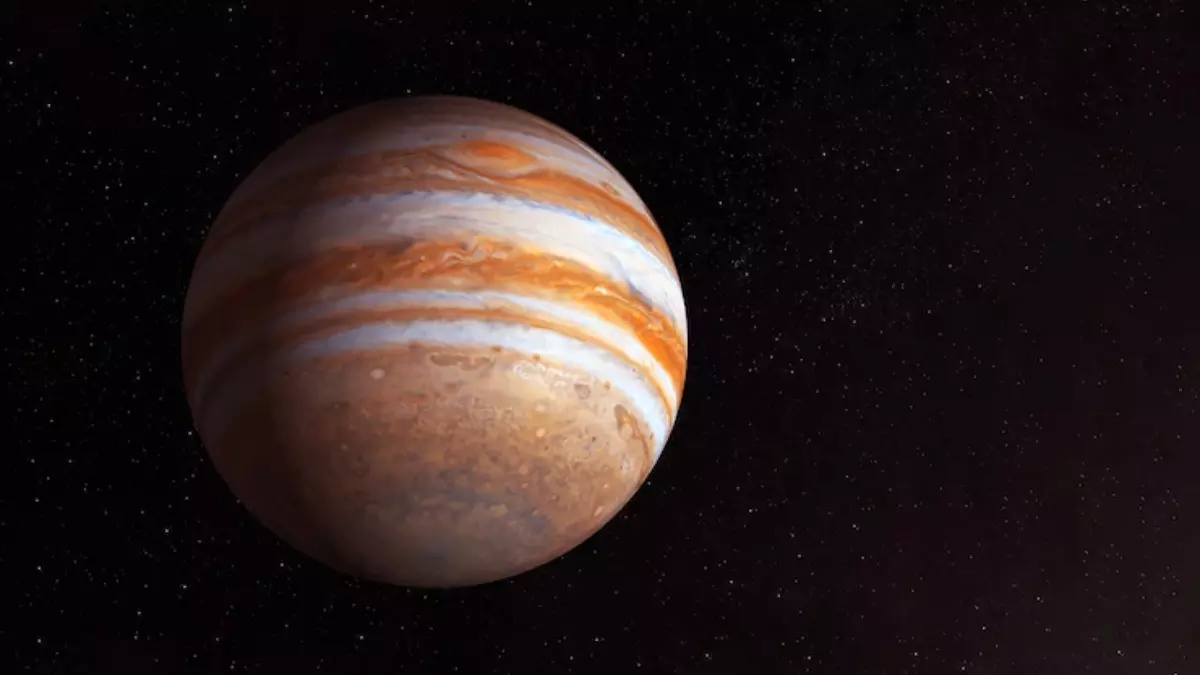Naming the Stars: A Timeless Tradition
NASA’s Solar System Exploration website notes these names, rooted in Latin, persisted due to historical inertia despite varied ancient names.

Representational image
India’s celestial names align with a long-standing scientific tradition. Stars appear as fixed dots in the vast night sky, but five radiant planets—Mercury, Venus, Mars, Jupiter, and Saturn—move noticeably. Known to ancient civilizations, these planets bear Roman names: Mercury, the swift messenger; Venus, the goddess of love; Mars, the fiery war god; Jupiter, king of the gods; and Saturn, god of time and agriculture. NASA’s Solar System Exploration website notes these names, rooted in Latin, persisted due to historical inertia despite varied ancient names.
A Pattern for New Discoveries
In 1781, William Herschel named Uranus “George” after King George III, but scientists later chose Uranus, the Greek sky god, to maintain the mythological trend. Later discoveries followed: Neptune, the Roman sea god, and Pluto, the underworld god. Even Pluto’s reclassification as a dwarf planet didn’t break this tradition. NASA highlights that thousands of Kuiper Belt objects, some just kilometers wide, continue to receive mythological names.
Moons, Missions, and Mythology
Jupiter’s moons—Io, Europa, Ganymede, and Callisto—discovered by Galileo in 1610, are named after Zeus’s consorts in Greek mythology. Space missions follow suit: NASA’s Apollo missions, including the 1969 Moon landing, and the Artemis program, named after Apollo’s twin, aim to return humans to the Moon. Russia’s Luna missions, China’s Chang’e Moon missions, Tiangong space station, and Wukong dark matter probe also draw from mythology.
A Universal Human Impulse
NASA’s outreach materials explain, “We name things to connect with the vast universe.” Naming is technical, emotional, and cultural, making celestial mechanics meaningful. The International Astronomical Union, which governs naming, once favored scientists and philosophers for lunar landmarks but now embraces mythological names like Apollo, Artemis, Chang’e, and Atlas.
India’s Naming Tradition
India’s names—Aditya (Sun), Gaganyaan (Skycraft), Pragyan (Wisdom), and Shiv-Shakti for the lunar landing site—follow international conventions. Criticizing them as nationalistic or religious ignores the global tradition of mythological names like Apollo or Chang’e. Naming celestial bodies after deities is a centuries-old, cross-cultural practice, and singling out India reflects selective criticism.
Written by Hariom, University of Hyderabad, Intern.
References:
- NASA Solar System Exploration: solarsystem.nasa.gov
- International Astronomical Union Naming Guidelines
- Public domain planetary naming records
- Royal Astronomical Society historical records
( Source : Deccan Chronicle )
Next Story

